
Updated 21 May 2024 at 20:41 IST
International Tea Day 2024: Types of Teas To Enjoys
International Tea Day, celebrated on May 21st, honors tea industry contributions, advocates for fair trade.
- Galleries
- 2 min read
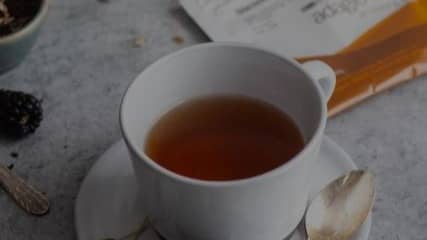
Oolong is a traditional Chinese tea, popular in southeastern China and Southeast Asia. Its flavors range from sweet to fruity, and are formed into two styles: long curly leaves or small beads. Image: Freepik
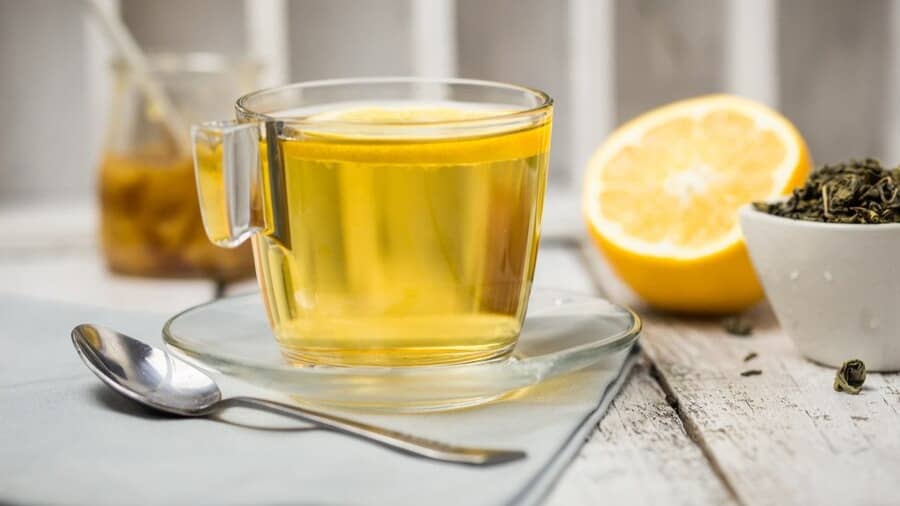
Yellow tea, also known as Chinese huángchá and Korean hwangcha, is a rare and expensive variety of tea. It is made by encasing or sweltering leaves, giving them a slightly yellow color. Image: Freepik
Advertisement
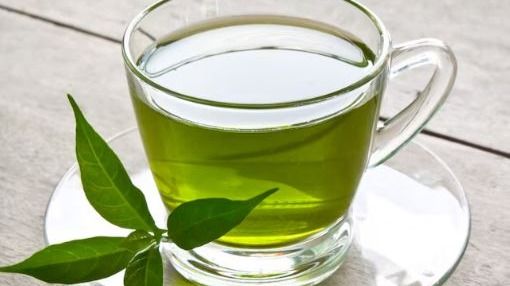
Green tea, originating in China, is made from Camellia sinensis leaves and buds without the withering and oxidation process used in oolong and black teas. Varieties vary based on variety. Image: Freepik
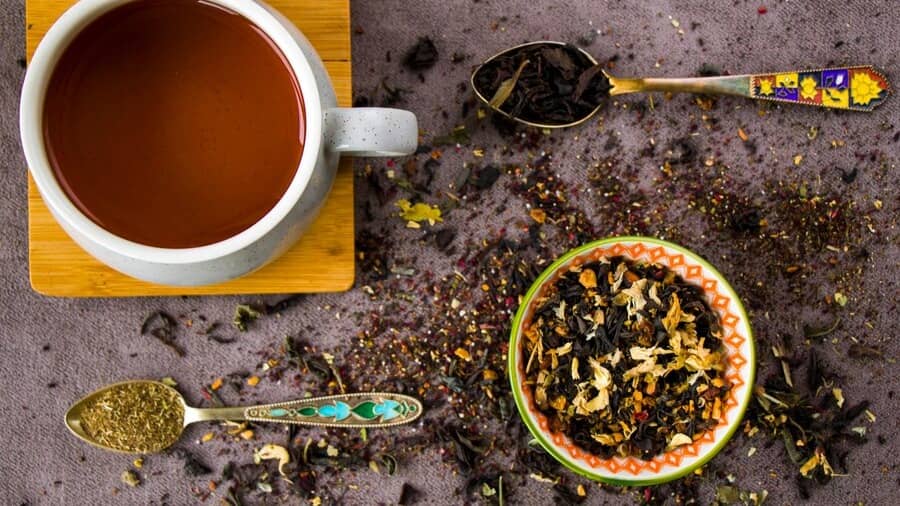
Black tea, also known as red tea, is a stronger, oxidized form of Camellia sinensis, originating in China and widely consumed in East and Southeast Asia. Image: Freepik
Advertisement
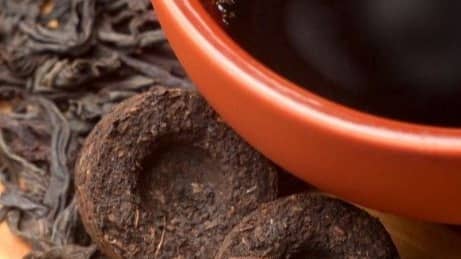
Pu'er, a fermented tea from Yunnan Province, China, is produced through wet piling after drying and rolling tea leaves. There are two main styles: traditional shēng and modern shóu. Image: Pinterest
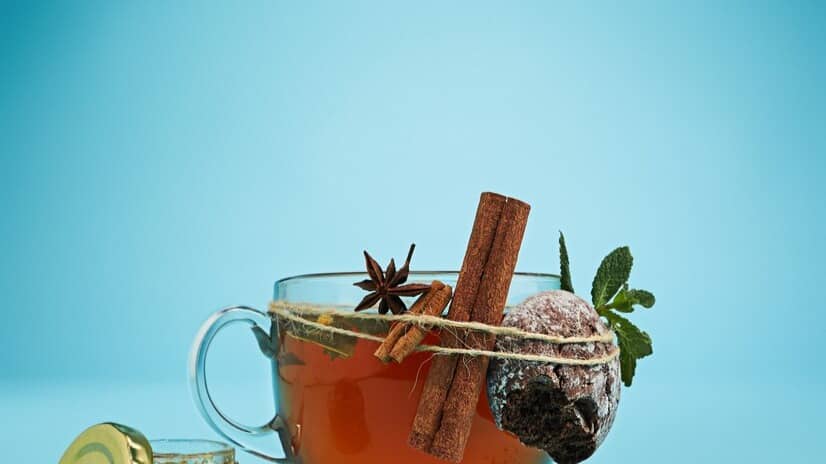
Herbal teas, also known as herbal infusions or tisanes, are beverages made from herbs, spices, or plant material in hot water, often used in herbal medicine, unlike true teas. Image: Freepik
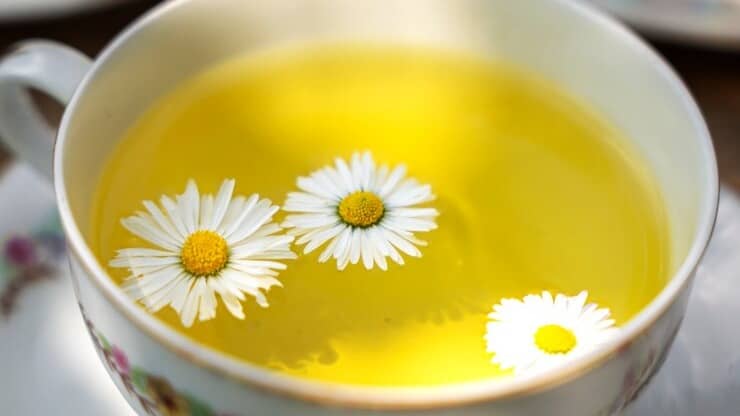
Chamomile tea, a natural remedy for various health issues, contains nutrients for diabetes, menstrual pain, and sleep problems. Common varieties include German and Roman. Chamomile produces flowers. Image: Freepik
Published By : Devasheesh Pandey
Published On: 21 May 2024 at 20:41 IST
